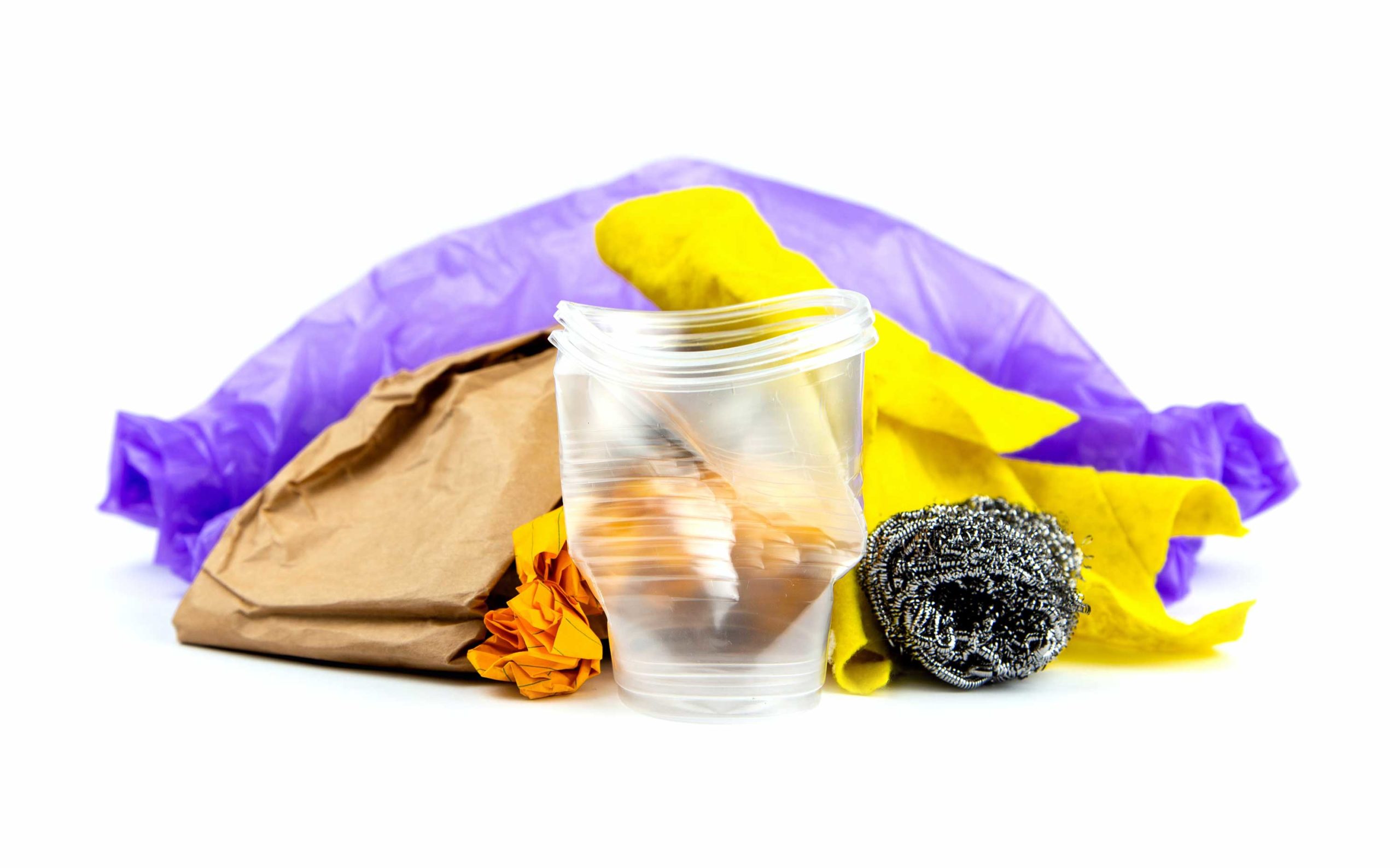
13 Apr PLASTIC AND single-use PRODUCTS: LET’S CLEAR this up
Have you ever wondered what are the best words to define plastic and a single-use product?
Here comes the “Directive (EU) 2019/904 of the European Parliament and of the Council on the reduction of the impact of certain plastic products on the environment” to our aid. For the companies in the sectors affected by the Directive it is in fact of fundamental importance to understand and define their products to ensure that they comply with the new legislative provisions.
The EU Directive 2019/904 has become law in Italy
On January 14th, 2022, Legislative Decree (DL) No. 196 of November 8th, 2021 came into force in Italy, a national law through which Italy implemented the European Directive on the reduction of single-use plastics, also known as the SUP Directive (Single Use Plastic).
The definitions contained in the national Decree are the same as those indicated in the SUP Directive. Certainly these of “plastic” and “disposable” are the first to read to understand what changes the new provisions will bring to the market for single-use plastic products.
Plastic – what does it mean?
Let’s start with plastic. The SUP Directive defines plastic as a polymer to which additives or other substances may have been added, with the exception of natural polymers which have not been chemically modified, and which can function as a major structural component of finished products.
To understand what the definition and the distinction between polymer and natural polymer is, the SUP Directive refers to the REACH Regulation (the European Union regulation for chemicals):
- “a polymer is a substance whose molecules are characterized by the sequence of one or more types of monomer units. These molecules must be distributed over a range of molecular weights in which the differences in molecular weight are mainly attributable to differences in the number of monomer units “;
- “a natural polymer is the result of a polymerization process that takes place in nature, regardless of the extraction process with which it is extracted. Not chemically modified means that the chemical structure remains unchanged “.
To put it simply, the polymer is a sort of chain made up of many units called monomers which, by means of chemical bonds, unite, or rather polymerize, giving rise to the polymer.
If polymerization occurs industrially, the substance is called a polymer, if it occurs in nature, the substance is called a natural polymer.
According to the SUP Directive, the only materials that do not fall within the definition of plastic, as long as they have not been chemically modified, are:
- cellulose, vegetable polysaccharide with a structural function from which paper and cardboard are obtained;
- starch, vegetable polysaccharide with the function of energy reserve;
- lignin, a polymer present in the cell wall of plant cells;
- chitin, the main component of the exoskeleton of insects, crustaceans and fungi.
For example: regenerated cellulose (viscose, lyocell and cellulosic film), is not considered chemically modified, as the resulting polymers are not chemically modified with respect to the incoming polymer. Cellulose acetate is considered chemically modified since, compared to the incoming natural polymer, the chemical modifications of the cellulose during the production process also exist in the resulting polymer.
Cellulose, starch, lignin and chitin are therefore natural polymers, also defined as biopolymers, i.e. present in nature already in polymeric form.
Based on the REACH Regulation and related guidelines from ECHA (the European Chemicals Agency), if a polymer is obtained by an industrial process and the same type of polymer exists in nature, the industrially manufactured polymer cannot be considered a natural polymer because the polymerization did not take place in nature.
For example: polyhydroxyalkanoates (PHAs) are not considered biopolymers as they are not the result of a polymerization process that took place in nature, but produced in industrial bioreactors.
As a result, according to the SUP Directive, a large number of materials fall into the category of plastics, including chemically modified natural polymers (e.g. cellulose acetate), articles made of polymer-based rubber, organic-based plastics and biodegradable plastics, such as bioplastics (PLA – polylactic acid, and PHA).
However, Italy has provided for “a list of exceptions for certain biodegradable and compostable products for which the renewable raw material reaches a certain percentage”, deliberately excluding bioplastics from the SUP restrictions.
How can you tell if a product is single o multiple use?
The “Commission Guidelines” of the SUP Directive clarify the definition of a single use that is contained in the Directive.
To distinguish a single-use product from a multiple use product, one must first consider the design characteristics of the product.
To evaluate the possible reuse of a product, the expected functional product lifetime must be taken into account, that is:
- if it is specifically designed to be used several times before final disposal, preserving its functional, physical and quality characteristics
- if consumers naturally conceive, perceive and use it as a reusable product.
Thus, a multiple use product should be:
- made of materials suitable for use several times
- washable and / or repairable
- designed to withstand multiple displacements and rotations for the same purpose for which the product was originally intended
and / or have a rechargeable nature, i.e. the possibility of being:
- sent back to the manufacturer for a refill
- reused for the same purpose for which it was designed.
The categories of disposable products included in the SUP Directive are many and, above all, different from each other.
In the next few articles, we will explore the legislative regulations that affect specific types of products in order to also understand why we will find single-use products on the market that are a little “different” from those we have seen so far.
Anna Sagnella
Photo by Volodymyr Hryshchenko on Unsplash




